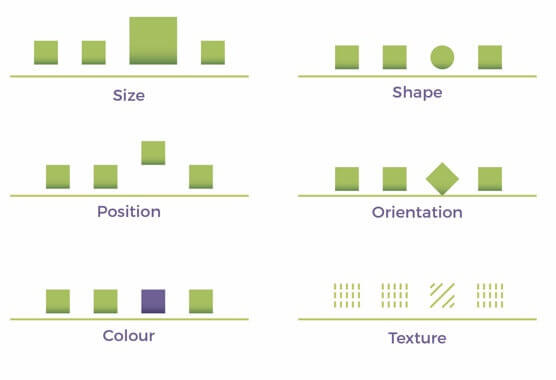Um weitere Daten zu bekommen die man dann auf verschiedene Videotypen verwerten kann, habe ich mich in diesem Beitrag mit dem folgenden Video genauer auseinandergesetzt und es mit Vineyards Filmbeschreibung kathegorisiert:
0:00 – 0:01 Fahrt mit gekippter Kamera
0:01-0:02 schwarze Blende
0:02-0:02 Textinsert auf neutralem Hintergrund
0:02-0:07 gestauchte Fahrt, Totale
0:07-0:11 Fahrt auf eine Person, Totale
0:11-0:14 Fahrt mit gekippter Kamera, Detailshot
0:14-0:16 gestauchte Fahrt mit Unschärfe und Dunkelheit, Totale
0:16- 0:21 gestauchte Fahrt, Totale
0:22-0:24 tiefe Fahrt, Detailshot
0:24-0:45 Zeitraffer Schnitte
0:45-0:48 Textinsert auf neutralem Hintergrund
0:48- 0:50 verlorene Fahrt, Halbe Höhe
0:50- 1:09 Zeitraffer Schnitte
1:09- 1:14 gestauchte Fahrt mit Auflösung in einem Detailshot
1:14-1:17 Mehrfacheinstellung
1:17-1:19 Zeitraffer Schnitte
1:19-1:20 Detailaufnahme
1:20-1:21 Amerikanische
1:21-1:22 Großaufnahme
1:22-1:23 Halbtotale
1:23-1:25 Sprungschnitte, Totale
1:25-1:33 Zeitraffer Schnitte
1:33-1:36 Fahrt auf eine Person, Auflösung in Nahaufnahme Übergang in Detailaufnahme
1:36-1:38 Totale
1:38-1:38 Detailaufnahme
1:39-1:39 Detailaufnahme
1:40-1:42 subjektiv bewegte Kamera
1:42-1:42 Detailaufnahme
1:43-1:48 Strungschnitte mit verschiedenen Perspektiven
1:49-1:52 tiefe Fahrt, Totale
1:52-1:52 Nahaufnahme
1:53-1:55 Totale
1:55-1:57 Detailaufnahme
1:57- 1:59 Totale
1:59 – 2:01 Nahaufnahme
2:01- 2:03 Textinsert auf neutralem Anfangsscreen
2:03- 2:04 gestauchte Fahrt, Nahaufnahme
2:05- 2:06 tiefe Fahrt
2:06-2:07 Nahaufnahme
2:08- 2:09 Nahaufnahme
2:09- 2:10 gestauchte Fahrt, Nahaufnahme
2:11- 2:12 gestauchte Fahrt, Nahaufnahme
2:12- 2:13 Halbtotale
2:13-2:13 Nahaufnahme
2:14-2:15 Ausdruckskamera
2:15- 2:16 Nahaufnahme
2:16-2:16 Nahaufnahme
2:17-2:17 gekippte Kamera, Nahaufnahme
2:17- 2:19 Überbelichtungsblende mit leichtem linksschwenk
2:19-2:20 Dramatischer Blickwinkel
2:20-2:21 Kranfahrt nach oben mit Totaler
2:21-2:22 Schärfeverlagerung auf Nahaufnahme
2:22- 2:23 Kameraschwenk nach rechts, Nahaufnahme
2:23-2:25 Amerikanische
2:25-2:26 Silhouette Kranfahrt nach oben
2:26-2:33 Luftaufnahme mit Zoom out der zum Logo wird


